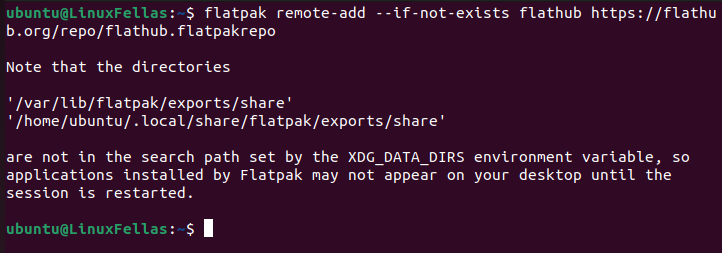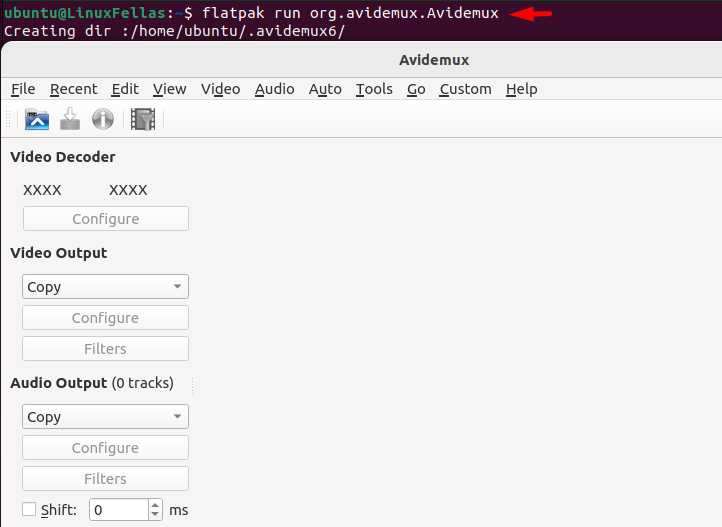Flatpak is a software manager that allows you to download, set up, and run applications across various distributions, including Ubuntu. Its packages come with all necessary dependencies and libraries required for application installation.
Moreover, Flatpak can independently check for updates in the system, enabling applications to update individually without affecting the overall system.
In this article, we’ll learn how to install Flatpak on Ubuntu, as well as how to use it to install and uninstall Flatpak applications.
How To Install Flatpak on Ubuntu
Let’s install Flatpak on Ubuntu 22.04 (or later versions) by following the steps below.
First, go to the terminal and refresh your system’s package repositories:
$ sudo apt update && sudo apt upgradeNext, execute the apt install command to install Flatpak on Ubuntu:
$ sudo apt install flatpakAfter completing the installation, let’s check the Flatpak version by running the flatpak –version command:
$ flatpak —-version
Thus, the output shows that the latest version of Flatpak is installed on Ubuntu. Now, let’s learn the usage of it.
How To Use Flatpak on Ubuntu
As mentioned earlier, Flatpak enables users to install and handle applications on various distributions including, Linux. Let’s learn how to use Flatpak on Ubuntu 22.04 to install your desired applications.
First, permit the Flathub by utilizing the Flatpak command. Users use Flathub to search and install numerous applications and games for Linux:
$ flatpak remote-add --if-not-exists flathub https://flathub.org/repo/flathub.flatpakrepo
After enabling Flathub, your system is now ready to find any application on Linux. To accomplish this, execute the Flatpak command with the application name you would like to search.
For instance, let’s look for the Avidemux video editor:
$ flatpak search avidemux
If there’s any package like Avidemux or a similar package, our output will display it. Therefore, we can observe in the output that we’ve package name Avidemux along with the application’s Version, ID, and Description.
After locating the package, you can install the application by executing the Flatpak command along with the app’s name:
$ sudo flatpak install avidemuxDuring the installation, you’ll be prompted for permission to make changes to your system. Here, type Y to continue and wait for the installation to finalize.
After the installation, you can launch the application by running the flatpak command with the application ID:
$ flatpak run org.avidemux.Avidemux
Finally, you’ve successfully launched the Avidemux application.
This way, you can install and launch any application based on your needs using Flatpak.
How To Uninstall Applications Using Flatpak on Ubuntu
If you want to remove an application through Flatpak, execute the following flatpak command with the application ID:

Finally, you’ve successfully uninstalled the application.
Conclusion
Flatpak allows you to create, manage, and install various packages on Linux. To get started, first install Flatpak, then add the Flathub repository. After that, you can easily install and launch your desired applications. Overall, Flatpak enables you to explore and set up a wide range of compatible apps on Ubuntu.
I’m a technical writer with a Bachelor’s in Computer Science. Through my research and writing, I aim to provide readers with comprehensive, informative articles that can assist them make informed decisions about their technological needs.












